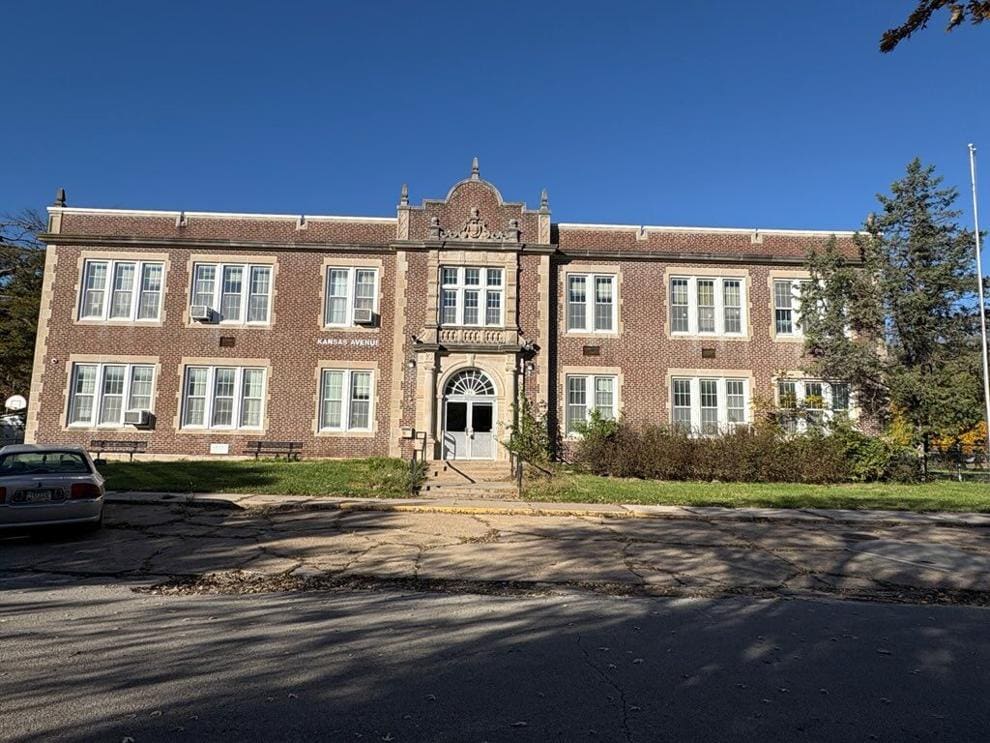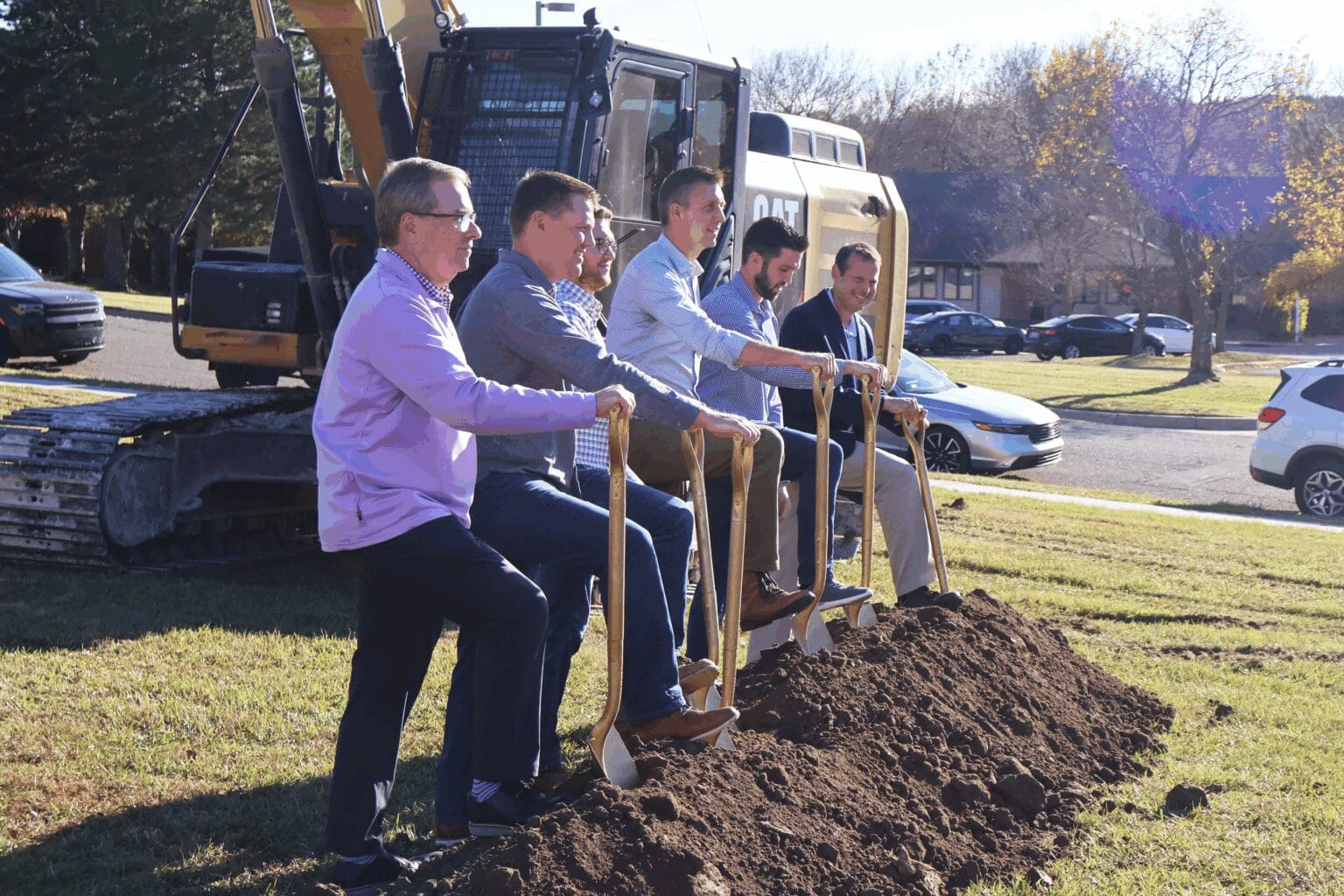Published on August 16th, 2021
By Megan Moser – mmoser@themercury.com
The 104-year-old Community House building has been reborn, and its latest incarnation is as a multi-use office and apartment building.
The Community House, which is on the state and national registers of historic places, has served as an American Legion post, a Chamber of Commerce headquarters, a refuge for soldiers in both world wars, and most recently, a recreation center for the city.
Now, said Ben Burton of Switchgrass Development, it has 10 office spaces plus the larger former gym space, as well as seven residential apartments on the upper level.
“We received our full occupancy permit in early August, so it’s complete,” Burton said. “I think what really drew us to the building was the historical significance. The opportunity to be a part of that push and keep improving our downtown was a huge draw. The building itself being a historical landmark in the city was appealing.”
The offices are small commercial office suites that can be individually rented, Burton said. Right now, the building is 93% occupied. The offices also have access to a central kitchen and common space.
“I think just the way working habits have changed and especially amplified the need for this kind of space,” he said. “For a lot of businesses, it’s better to have the opportunity to lease and not necessarily negotiate large commercial buildouts.”
Burton said he and his team, which includes Tyler Holloman of Frontier Property Management and Gavin Schmidt, spent a little over $3 million on the project, which he said was close to the original estimate.
“We’ve been working on this since probably December of 2018,” Burton said. “Between planning, construction and then the pandemic, it’s good to see it finished.
The city government in 2019 sold the building to Burton and his partners for a dollar, with the promise to maintain its historic integrity. The city commission also gave the group a $500,000 grant for building renovations, given once the city verified the company had done at least $2 million in work.
That money came from the city’s economic development fund, but city administrators said the grant would essentially function as an internal loan for the city.
With the sale and development, city officials said they expected to see between $40,000 and $50,000 in new annual property taxes, which could be directed back to the economic development fund.
“It’s cool that we were able to preserve it,” Burton said. “We’re pretty excited.”

